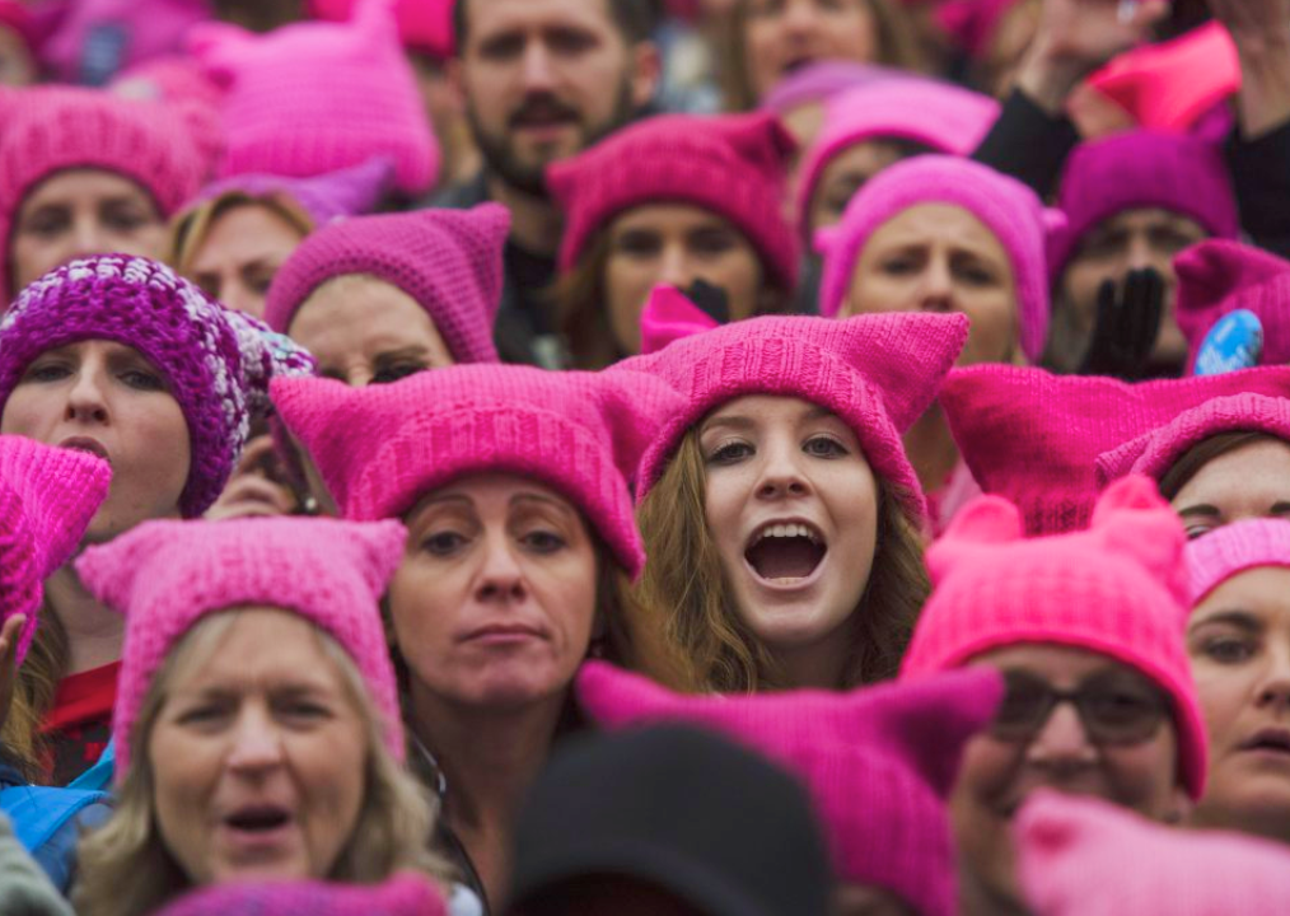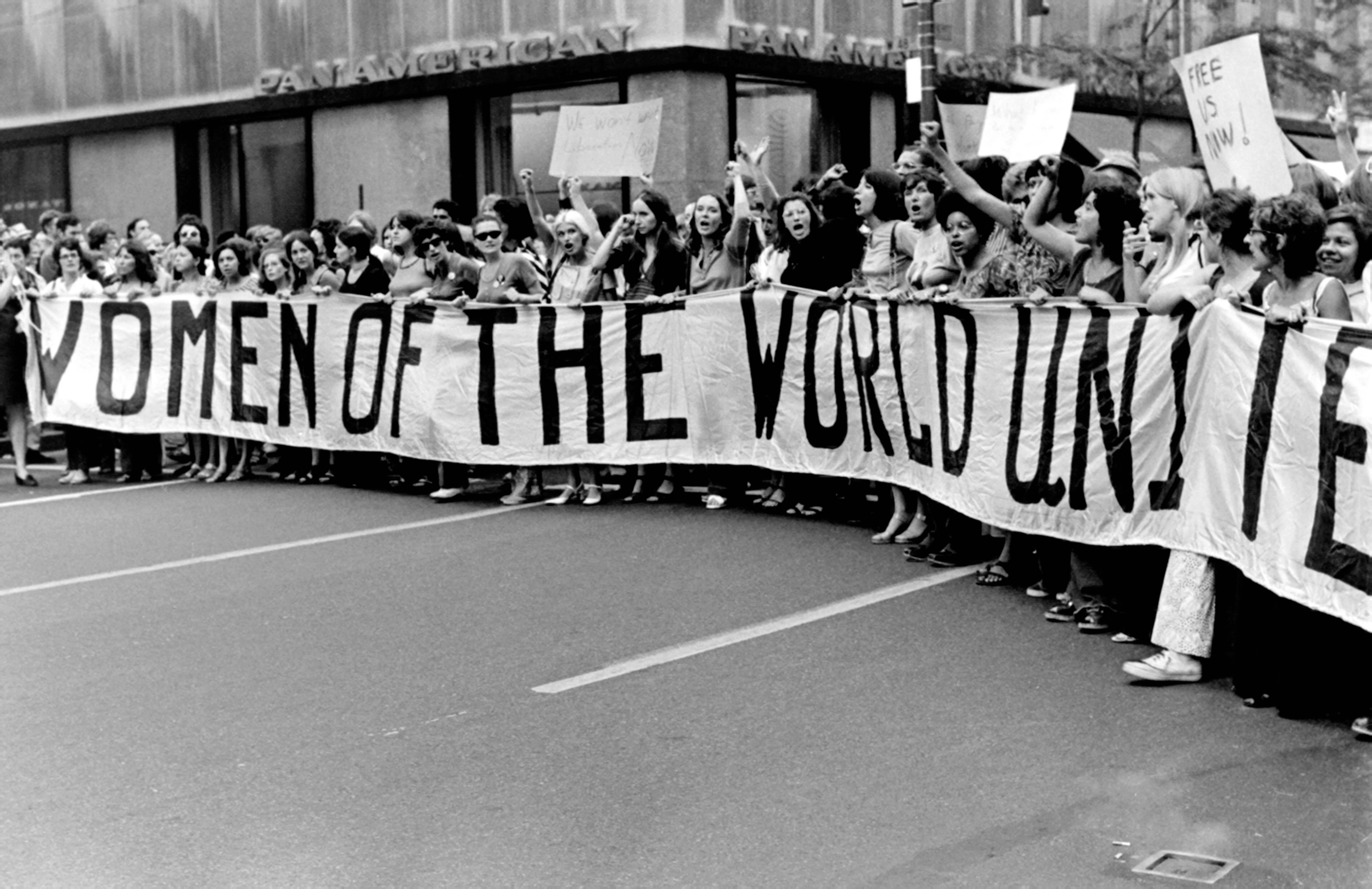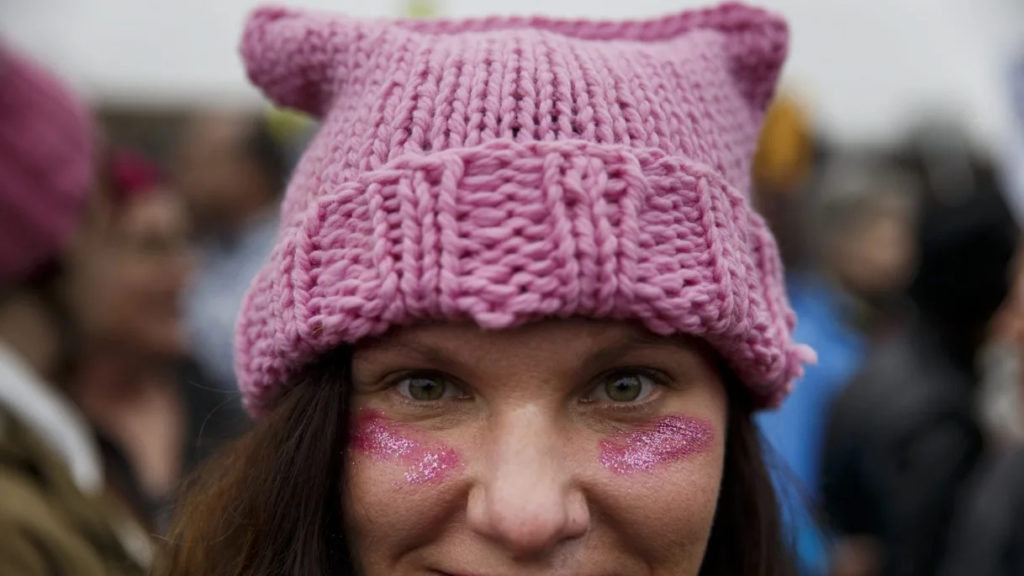A Peek into Thailand’s Hottest Star’s World: 10 Facts You Should Know About Freen
Get an exclusive peek into the world of Freen Sarocha: uncover 10 facts ...

In contemporary Western society, pink is often seen as a symbol of femininity. However, this was not always the case. The captivating story behind pink’s transformation into a gendered colour offers profound insights into cultural norms, marketing strategies, and evolving perceptions of gender. Join us as we delve into the fascinating journey that pink has taken—from its association with men to its current link with women. Along the way, we’ll uncover the implications and challenges brought about by this shift. Keep in mind that colour associations can vary across different cultures and societies, adding to the rich tapestry of our world.

A Historical Perspective:
Let’s travel back to the early 20th century when pink didn’t have a strict association with girls, just as blue didn’t necessarily represent boys. The practice of assigning colours based on gender began to emerge around the 1920s, but it took time for the specific association of pink with girls and blue with boys to solidify. Interestingly, pink was occasionally considered a more masculine colour due to its association with red—a hue symbolising strength and assertiveness. On the other hand, blue was viewed as delicate and exquisite, making it more aligned with girls. However, around the 1940s and 1950s, this perception started to shift.
The Influence of Marketing:
By the mid-20th century, we find that popular culture and marketing gradually shaped the association of pink with femininity and blue with masculinity. Various factors, such as marketing strategies, cultural norms, and societal expectations, contributed to this shift. Advertisements, children’s clothing, and other consumer goods played a pivotal role in reinforcing the idea that pink was for girls and blue was for boys. The power of consumer culture and targeted marketing cannot be underestimated; it solidified these colour associations in the minds of people. Advertisers and manufacturers recognised the potential to differentiate products and boost sales by linking specific colours with gender. This trend became even more prominent with the introduction of gendered toys, where pink was heavily marketed towards girls and blue towards boys. The turning point for the colour pink came in the 1950s with Dwight Eisenhower’s presidential inauguration, when Mamie Eisenhower, the new first lady, stunned the crowd with her exquisite pink ball gown adorned with 2,000 rhinestones. Her fondness for pink, driven purely by personal preference, played a significant role in cementing pink as a “girly” colour.

Photo: Courtesy of Against the Current
During the feminist movement of the 1960s, advocates fought for social, political, and cultural changes to address gender disparities and discrimination. They challenged the traditional notion that certain colours were exclusively linked to masculinity or femininity, promoting a more fluid and inclusive understanding of colours. They encouraged people to choose hues based on personal preference rather than societal expectations.
Pink as a Symbol of Empowerment:
In recent years, pink has been reclaimed and repurposed as a symbol of empowerment and inclusivity in certain contexts. Traditionally associated with femininity, pink has been challenged and redefined. For example, the “Pink Pussyhat” movement during the Women’s March in 2017 used pink knitted hats as symbols of solidarity against gender inequality.

Shifting Paradigms:
Today, we witness a growing acceptance of a broader spectrum of gender expressions and a questioning of traditional gender roles. The belief that colours should be strictly associated with a particular gender is being challenged, leading to a more inclusive understanding of personal style and self-expression. Social media influencers are at the forefront of this movement, advocating for gender inclusivity by showcasing diverse colour choices and collaborating with brands that promote gender-neutral or non-traditional colour options. Luxury brands have also emerged as trailblazers, breaking free from the constraints of traditional gendered colours. For instance, Gucci has boldly incorporated pink and pastel shades into menswear, challenging long-standing gender norms. Moreover, parents and educators actively promote gender inclusivity by encouraging children to play with a diverse array of toys and wear clothing in any colour they prefer. Educators engage in discussions about gender norms, emphasising that colours are not inherently gender-specific.
The evolution of pink as a gendered colour highlights the profound influence of culture, marketing, and societal expectations on our perceptions. These associations are not inherent or fixed but are products of historical and cultural contexts that can evolve over time. This article has aimed to shed light on this captivating journey and encourages readers to question and challenge traditional gender norms in their own lives. Let’s celebrate the vibrant spectrum of colours that reflect the diverse tapestry of humanity.
Get an exclusive peek into the world of Freen Sarocha: uncover 10 facts ...
In a cinematic landscape saturated with remakes, reboots and sequels, you might ...
While traditional TV shows are serving us endless boy-meets-girl tales. Thailand has ...
These top 5 barber shops in Bangkok are where gentlemen can elevate ...
Pets, as cherished members of our families, deserve rights and protections that ...
The internet makeup obsession straight out of Bangkok’s streets! Thai makeup zeroes ...
Wee use cookies to deliver your best experience on our website. By using our website, you consent to our cookies in accordance with our cookies policy and privacy policy